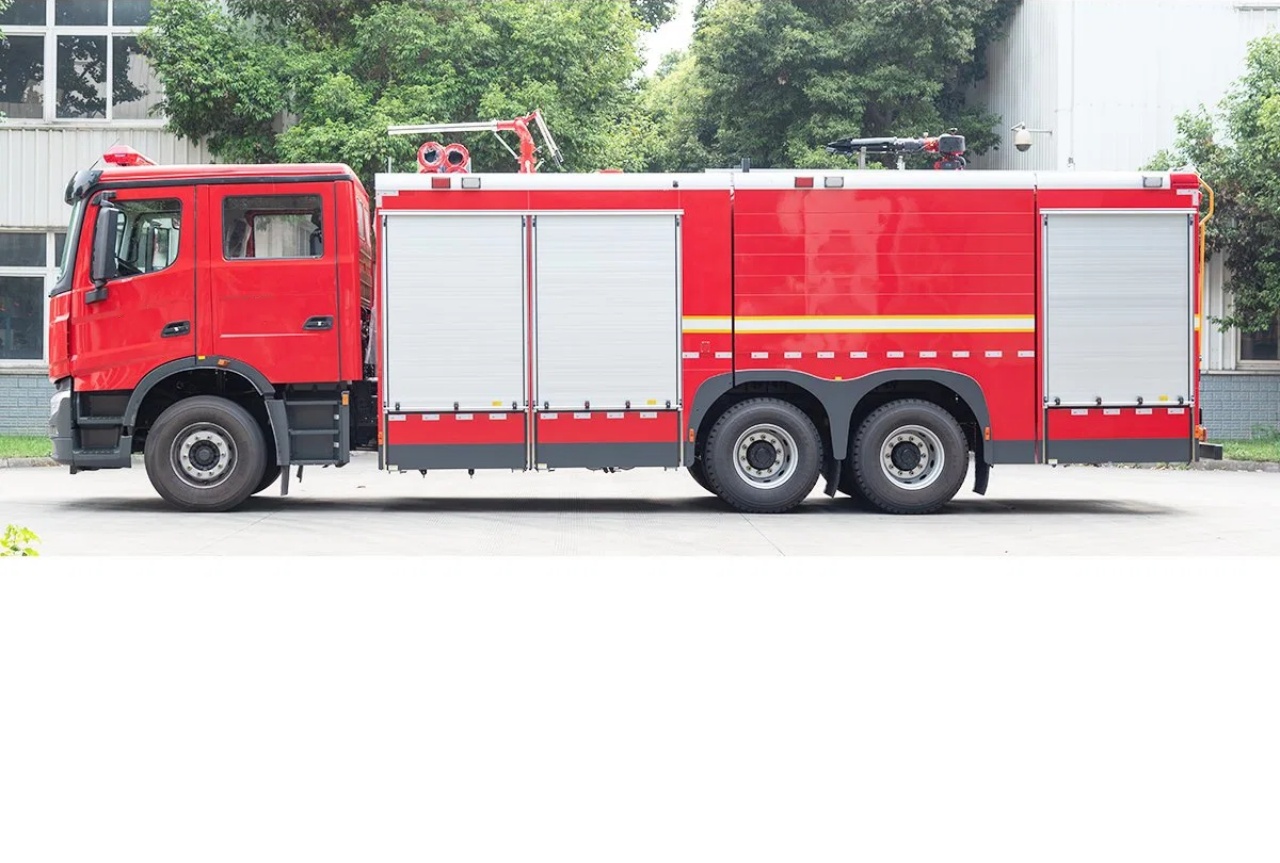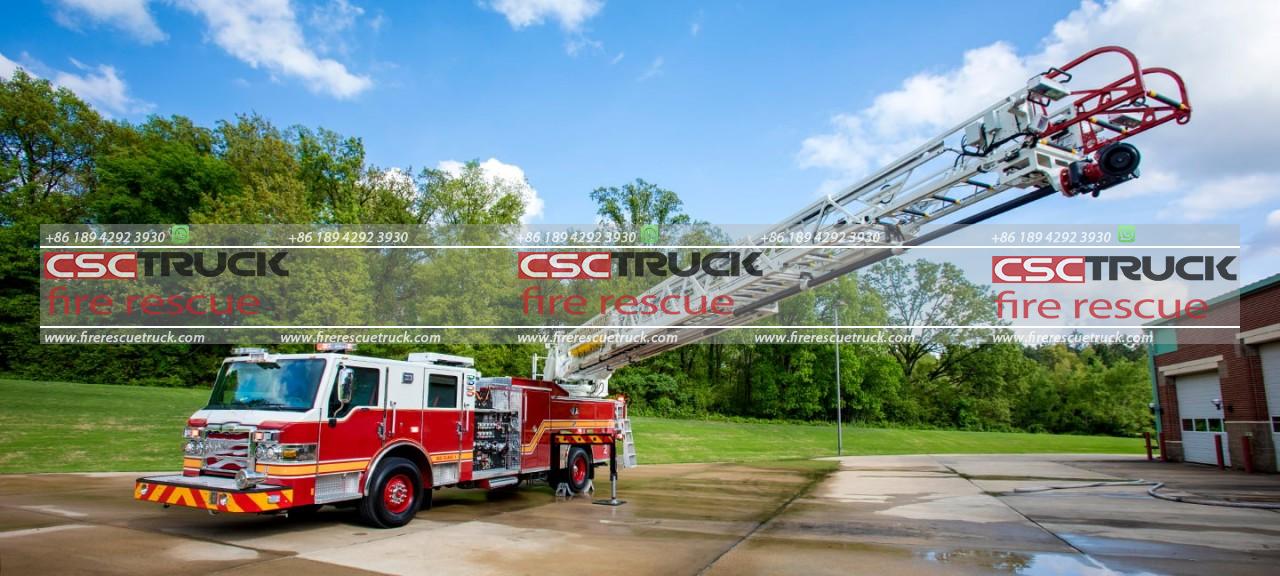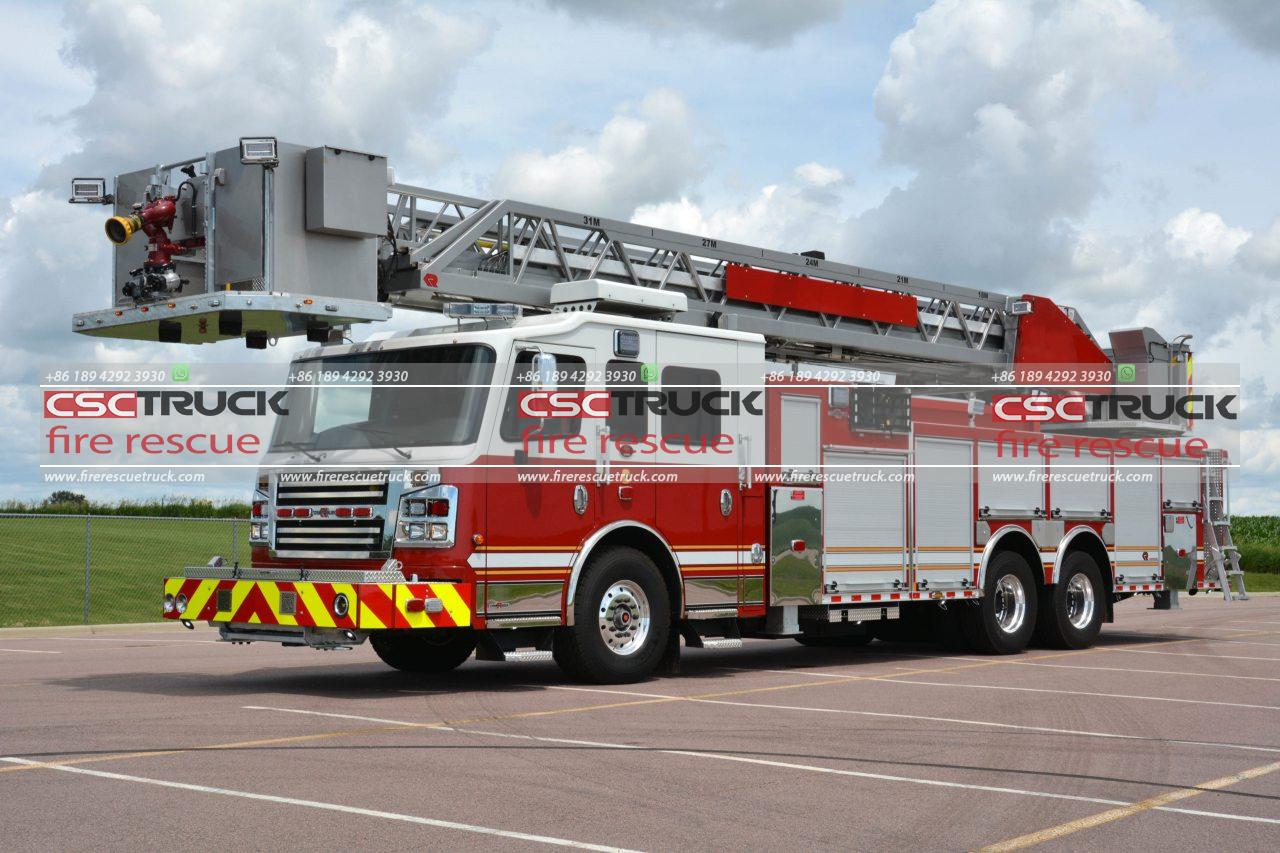Firefighting has evolved significantly over the centuries, with innovations in technology transforming how fires are suppressed. One notable historical advancement in fire apparatus was the chemical fire engine. These vehicles played a crucial role in firefighting before the advent of modern water pumpers and high-pressure fire suppression systems. Understanding their history, functionality, and impact helps us appreciate how far firefighting equipment has come.
Origins of the Chemical Fire Engine
The concept of the chemical fire engine emerged in the mid-to-late 19th century as an alternative to the traditional water-based fire suppression methods. During this time, municipal water systems were not always adequate for firefighting, especially in rural or newly developing urban areas. Fire brigades needed a self-contained system that could deliver rapid fire suppression without relying on external water sources.
The first practical chemical fire engine was introduced around the 1870s. Companies like the Babcock Manufacturing Company and the American Fire Engine Company played significant roles in developing and manufacturing these fire engines. The use of chemical extinguishing agents offered several advantages, particularly in situations where water was not readily available or where speed was essential to prevent fires from spreading.
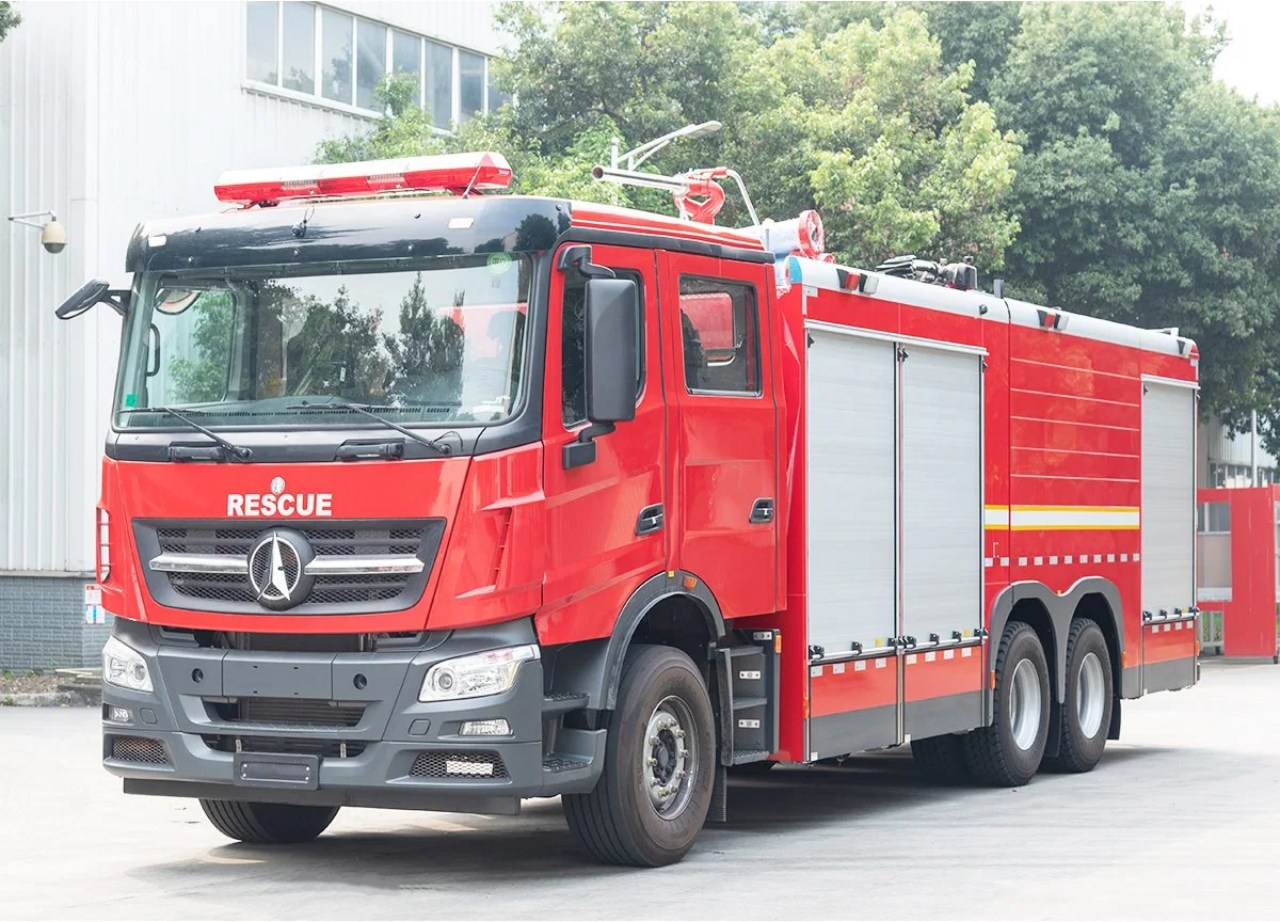
How Did Chemical Fire Engines Work?
The chemical fire engine functioned based on a simple but effective chemical reaction. The main extinguishing agent was a combination of sodium bicarbonate (baking soda) and sulfuric acid, which, when mixed, generated carbon dioxide (CO₂) gas. This gas created pressure inside the tank, forcing the water-based firefighting solution through hoses and onto the fire.
The process involved:
- Pressurized Tanks – The fire engine carried one or more tanks filled with water and sodium bicarbonate.
- Activation of the Chemical Reaction – Firefighters would break a glass vial or open a valve to release sulfuric acid into the tank.
- Generation of CO₂ Gas – The reaction between sodium bicarbonate and sulfuric acid produced CO₂, which pressurized the tank.
- Expulsion of the Extinguishing Solution – The pressure forced the water mixture out of the hose at a significant velocity, allowing firefighters to douse flames quickly.
This system eliminated the need for manual pumps or external water sources, making chemical fire engines highly effective for rapid-response firefighting.
Advantages of Chemical Fire Engines
Chemical fire engines offered several advantages over traditional hand-pump or steam-powered fire engines:
- Immediate Pressure Availability – Since the chemical reaction produced gas pressure almost instantly, firefighters could begin extinguishing flames without waiting for a pump to build pressure.
- Portability and Versatility – These fire engines were smaller and could be easily maneuvered in urban environments, making them ideal for small fires in buildings, factories, and rail yards.
- Effectiveness Against Certain Fires – The CO₂ produced helped smother flames, reducing oxygen supply and preventing reignition, making them particularly effective against oil and electrical fires.
- Minimal Dependence on Water Sources – In areas with limited or unreliable water supply, chemical fire engines provided a self-contained means of firefighting.
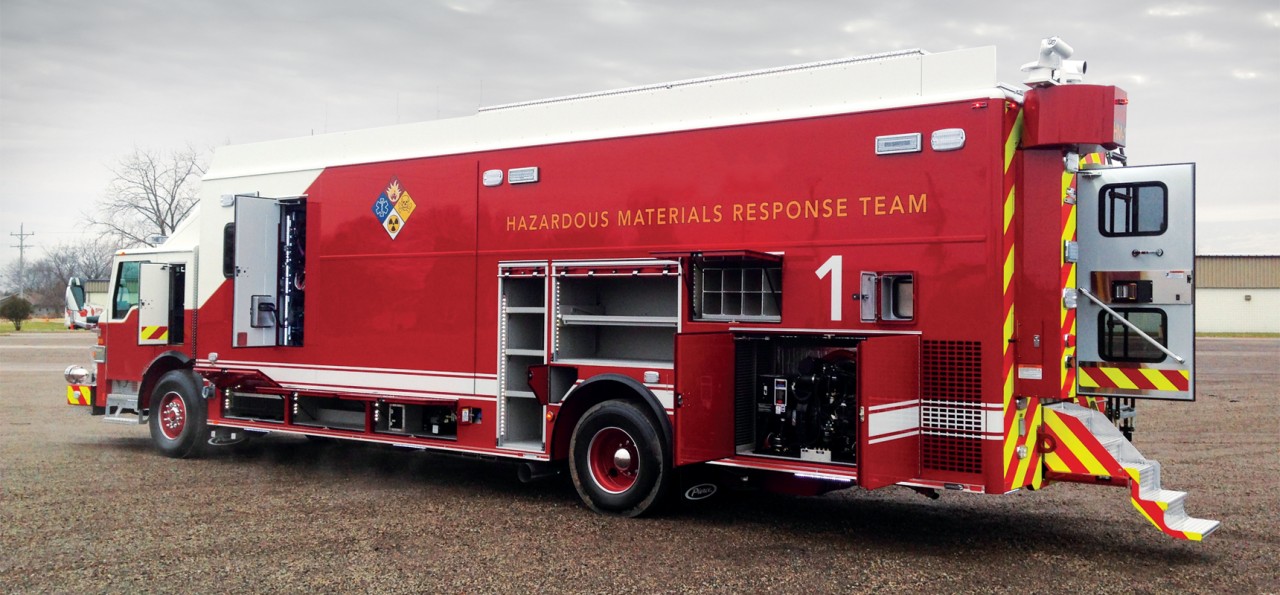
Limitations of Chemical Fire Engines
Despite their benefits, chemical fire engines also had several drawbacks:
- Limited Water Capacity – The tanks could only hold a finite amount of firefighting solution, restricting the duration of firefighting operations.
- Single-Use Activation – Once the chemical reaction began, it could not be stopped or reused, requiring immediate refilling after use.
- Cost of Chemicals – The need for sodium bicarbonate and sulfuric acid added to operational costs compared to water-based firefighting.
- Risk of Corrosion and Accidents – The acidic solution posed a risk of corrosion to metal parts and potential hazards if improperly handled.
Decline and Replacement by Modern Systems
By the early 20th century, advances in fire engine technology led to the gradual decline of chemical fire engines. Several factors contributed to their obsolescence:
- Introduction of Gasoline-Powered Pumps – As internal combustion engines improved, gasoline-powered pumps became more efficient at generating water pressure, eliminating the need for chemical pressurization.
- Expansion of Municipal Water Systems – Cities developed more extensive hydrant networks, reducing the need for self-contained firefighting solutions.
- Improved Foam and Dry Chemical Agents – More effective firefighting agents, including modern dry chemical powders and firefighting foams, replaced the original sodium bicarbonate mixture.
- Increased Tank Capacities – Fire engines with larger water tanks and more advanced pumping systems allowed for prolonged firefighting operations.
By the 1930s, chemical fire engines had largely disappeared from frontline firefighting service, though some smaller fire departments and industrial facilities continued to use them for specialized applications.
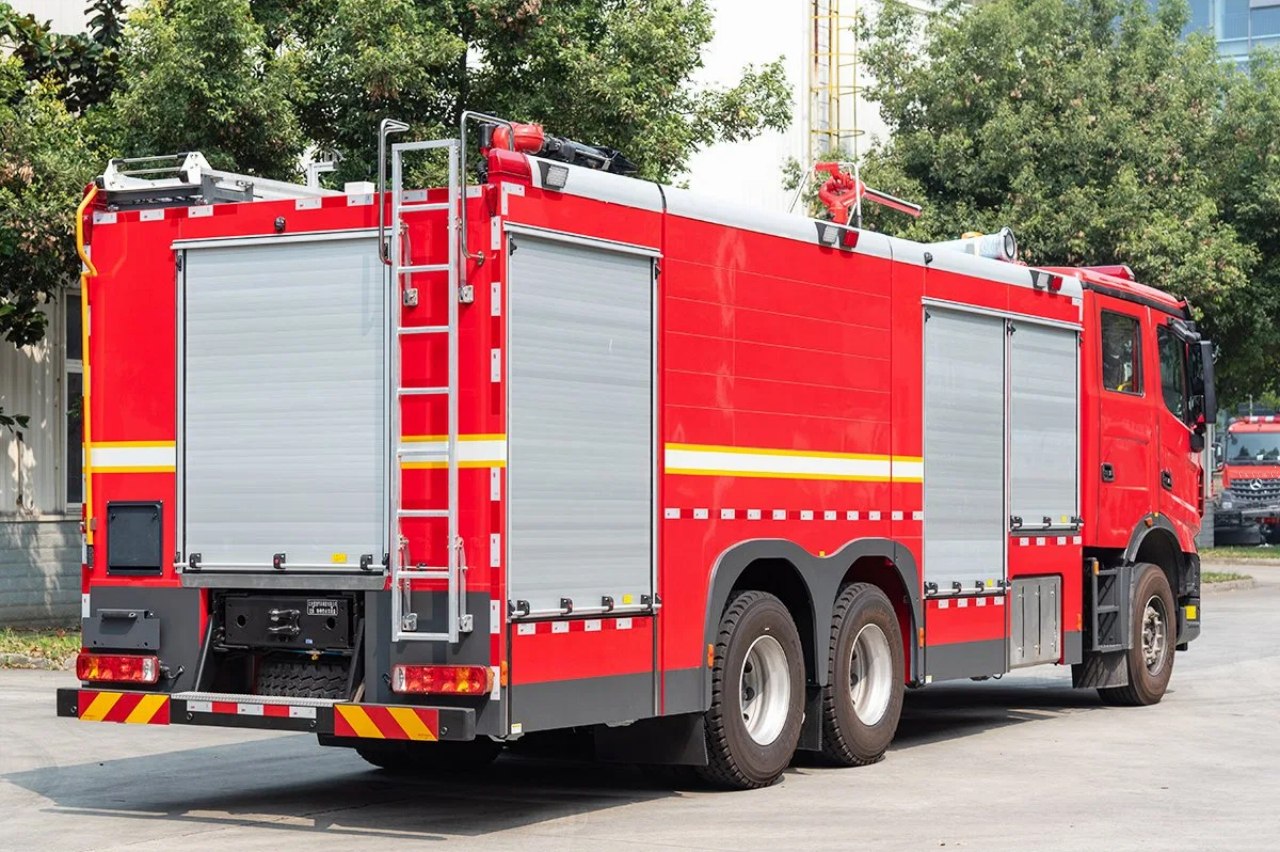
Legacy of the Chemical Fire Engine
While chemical fire engines are no longer in use, their impact on firefighting history remains significant. They represented a crucial transitional phase between manual fire suppression methods and modern fire engines equipped with advanced pumping systems.
Today, remnants of chemical fire engines can be found in fire museums, and some antique models have been preserved by historical societies. Collectors and firefighting enthusiasts often seek out these early fire engines as part of efforts to document and preserve firefighting history.
Conclusion
The chemical fire engine was a remarkable innovation in the history of firefighting. It provided a rapid, self-contained means of fire suppression at a time when water supply systems were often inadequate. While ultimately replaced by more efficient and powerful technologies, the chemical fire engine played an essential role in shaping modern fire apparatus development. Understanding its history offers valuable insights into the evolution of firefighting techniques and the ingenuity of past generations of firefighters.
